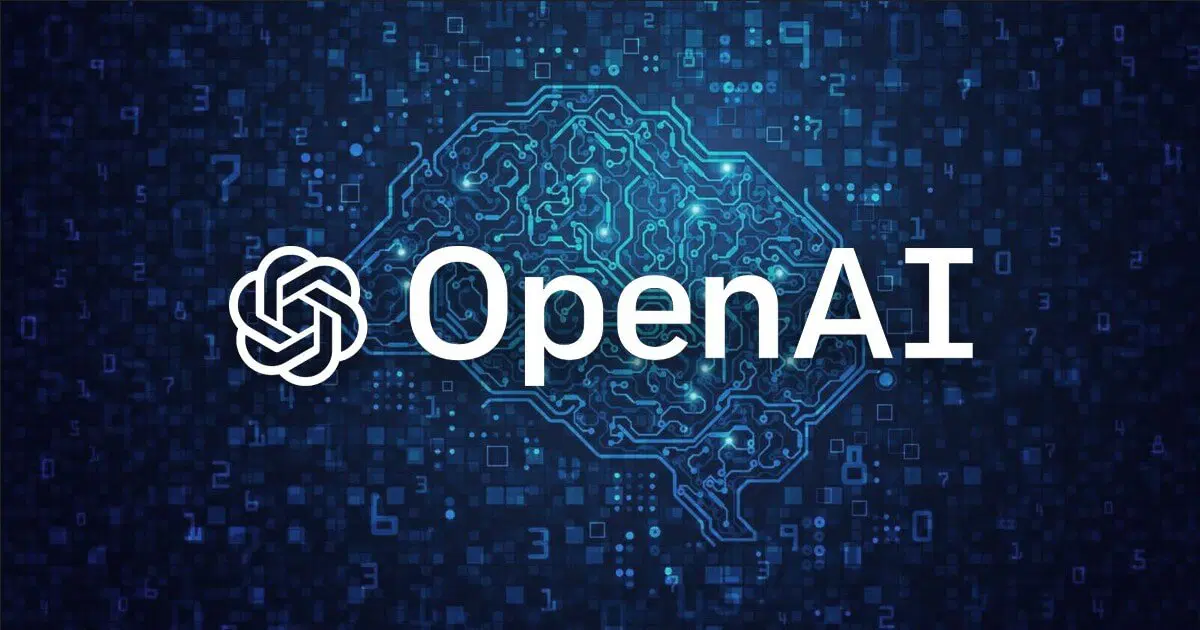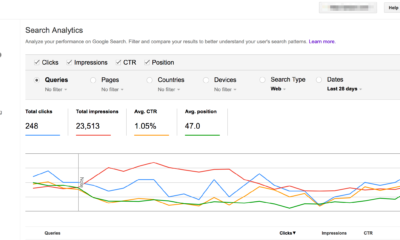Business
OpenAI announces its new AI model codenamed ‘Strawberry’

OpenAI has announced a newadvancement in artificial intelligence with the introduction of its new model, OpenAI o1. This model represents a significant shift from the company’s previous approach, emphasizing sophisticated reasoning over sheer scale. Unlike its predecessor, GPT-4o, which relies on large-scale neural networks and vast data, o1 demonstrates a new paradigm by solving problems through logical reasoning rather than simple pattern recognition.
OpenAI o1, code-named Strawberry during its development, showcases its ability to tackle intricate problems that have stumped previous models, including GPT-4o. The model’s reasoning capabilities enable it to think through problems in a manner similar to human cognition, providing solutions through a step-by-step thought process. This advancement marks a departure from the traditional AI approach of generating answers in one fell swoop.
Mira Murati, OpenAI’s Chief Technology Officer, highlighted the significance of this new paradigm. “It is much better at tackling very complex reasoning tasks,” Murati told WIRED. While o1 is designed to complement rather than replace GPT-4o, it represents a key evolution in AI reasoning technology.
The development of o1 is part of OpenAI’s broader strategy, which also includes the forthcoming GPT-5. Murati noted that while GPT-5 will be larger, it will likely incorporate the reasoning capabilities introduced with o1. “There are two paradigms: scaling and reasoning. We expect to bring them together in future models,” she explained.
OpenAI o1 employs reinforcement learning—a method of improving performance through positive and negative feedback. This technique, previously used to enhance AI in games and chip design, helps o1 refine its problem-solving strategies. Mark Chen, OpenAI’s Vice President of Research, demonstrated the model’s prowess by solving advanced chemistry problems and a complex mathematical puzzle that GPT-4o struggled with. For instance, o1 successfully solved a puzzle involving the ages of a prince and princess, showcasing its advanced logical capabilities.
Despite its impressive abilities, o1 is slower than GPT-4o and lacks some features, such as web search and multimodal processing, which allow GPT-4o to handle images and audio. Nonetheless, o1’s performance on various problem sets—including coding, math, and science—has been notably superior. For example, on the American Invitational Mathematics Examination (AIME), o1 achieved an accuracy rate of 83 percent, compared to GPT-4o’s 12 percent.
-

 Domains6 years ago
Domains6 years ago8 best domain flipping platforms
-

 Business5 years ago
Business5 years ago8 Best Digital Marketing Books to Read in 2020
-

 How To's6 years ago
How To's6 years agoHow to register for Amazon Affiliate program
-

 How To's6 years ago
How To's6 years agoHow to submit your website’s sitemap to Google Search Console
-

 Domains5 years ago
Domains5 years agoNew 18 end user domain name sales have taken place
-

 Business6 years ago
Business6 years agoBest Work From Home Business Ideas
-

 How To's5 years ago
How To's5 years ago3 Best Strategies to Increase Your Profits With Google Ads
-

 Domains5 years ago
Domains5 years agoCrypto companies continue their venture to buy domains








